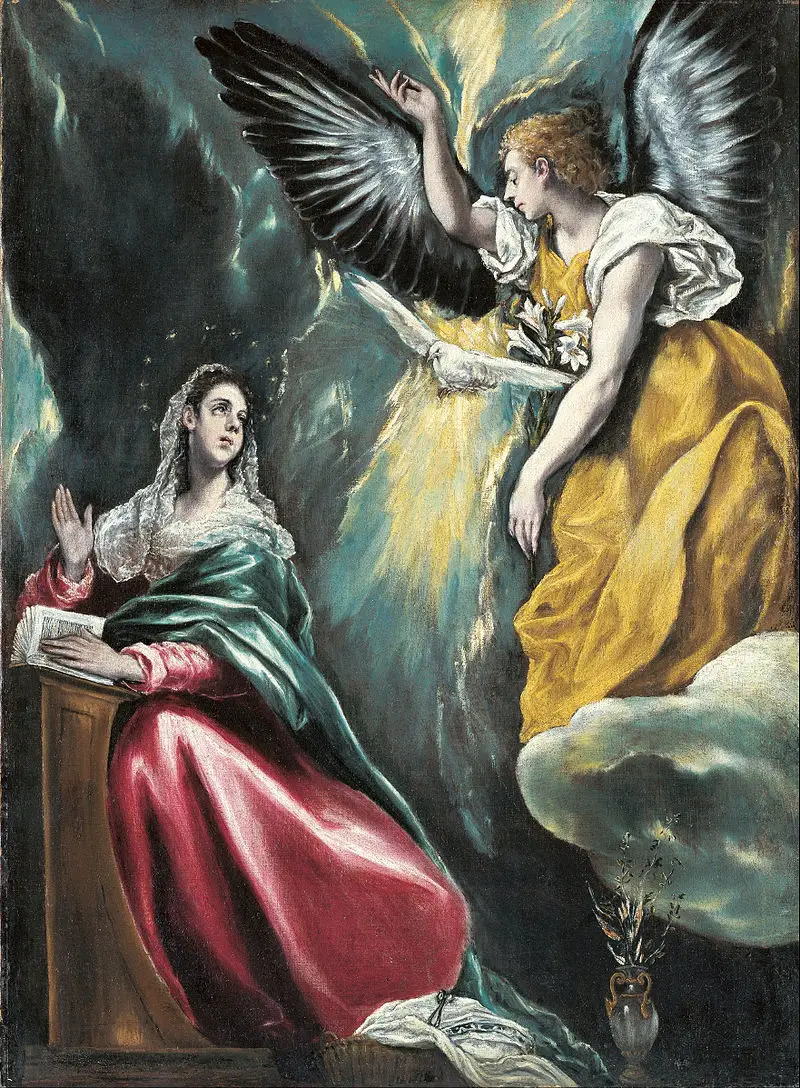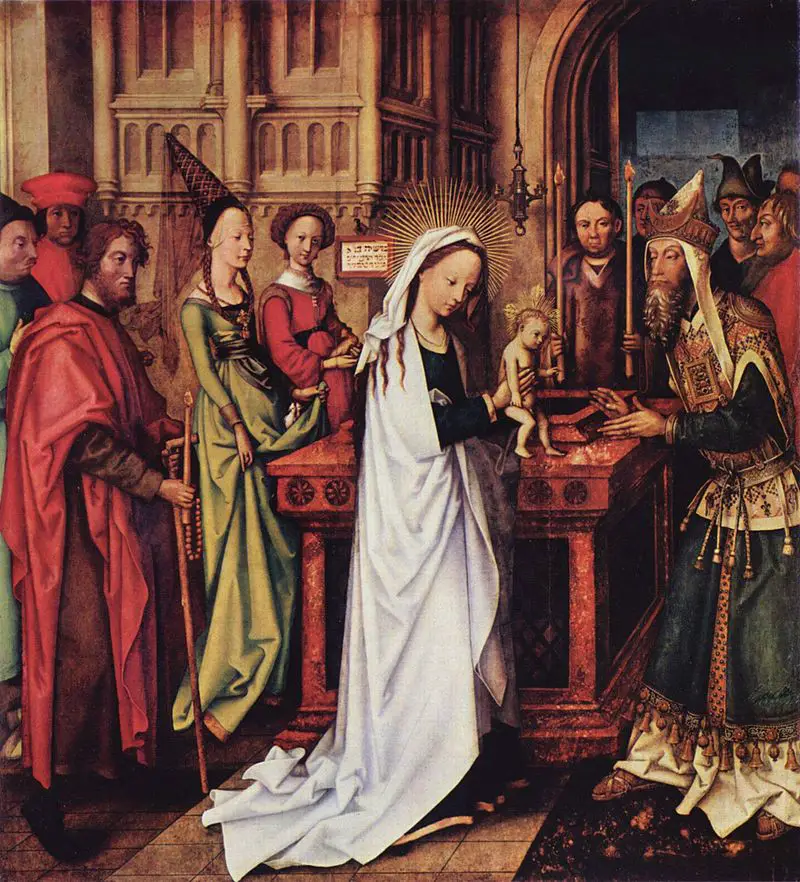 Today is both Ash Wednesday and St David's Day!
Today is both Ash Wednesday and St David's Day!
Ash Wednesday was the first day of Lent and was a day of penitence. Before the Reformation banned the practice, priests would bless ashes, which were traditionally made from burning the previous year's Palm Sunday 'palms', mix them with holy water and then mark the congregation's foreheads with the sign of the cross in ash. As the priest did this, he would say "Remember, man, that thou art dust and to dust thou shalt return."
In churches during Lent, a Lent veil would hide the chancel from the nave and cloths would cover the lectern and altars. These cloths and veils symbolised the hiding of the way to salvation. The Lent veil would remain in place until the Wednesday of Holy Week when the priest would read out the passage from the Bible concerning the veil in the Temple in Jerusalem.
1st March is the feast day of St David (Dewi Sant), patron saint of Wales. According to Rhigyfarch's Life of Saint David, David lived in the 6th century and founded religious centres including Glastonbury and Croyland. He then travelled to the Holy Land and was made archbishop at Jerusalem before travelling back to Wales and settling at Glyn Rhosyn (Rose Vale), or St David’s, in Pembrokeshire, Wales. There, he founded a monastery whose site is now marked by St David’s Cathedral.
Dewi (David) and his community were said to have performed many miracles which included Dewi causing the ground to rise beneath him while preaching at the Synod of Llanddewibrefi so that everyone could see him.
Click here to read more about St David's Day and how it was celebrated.
Picture: Ash Wednesday Cross, Wikipedia.



Leave a Reply